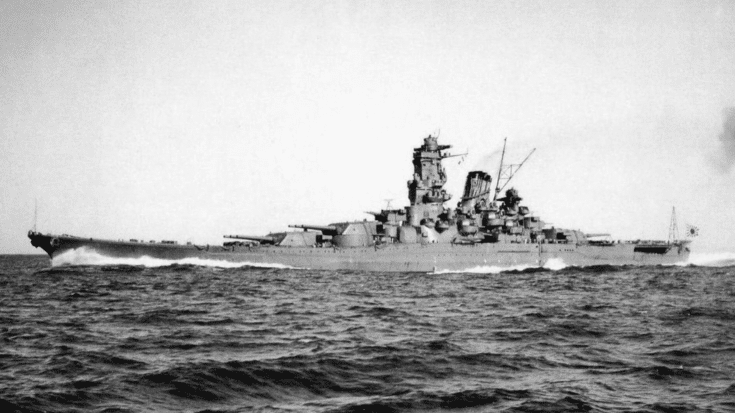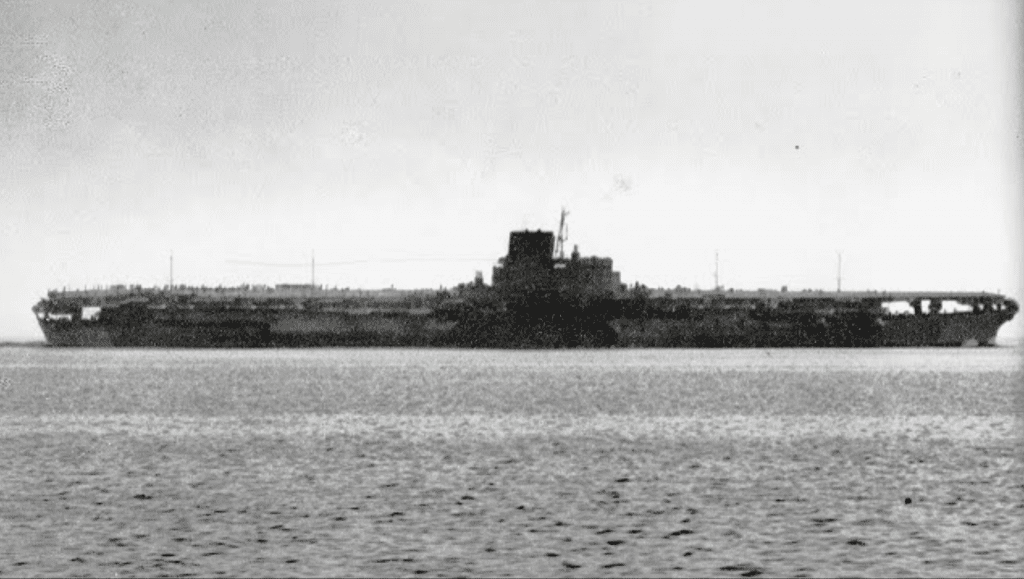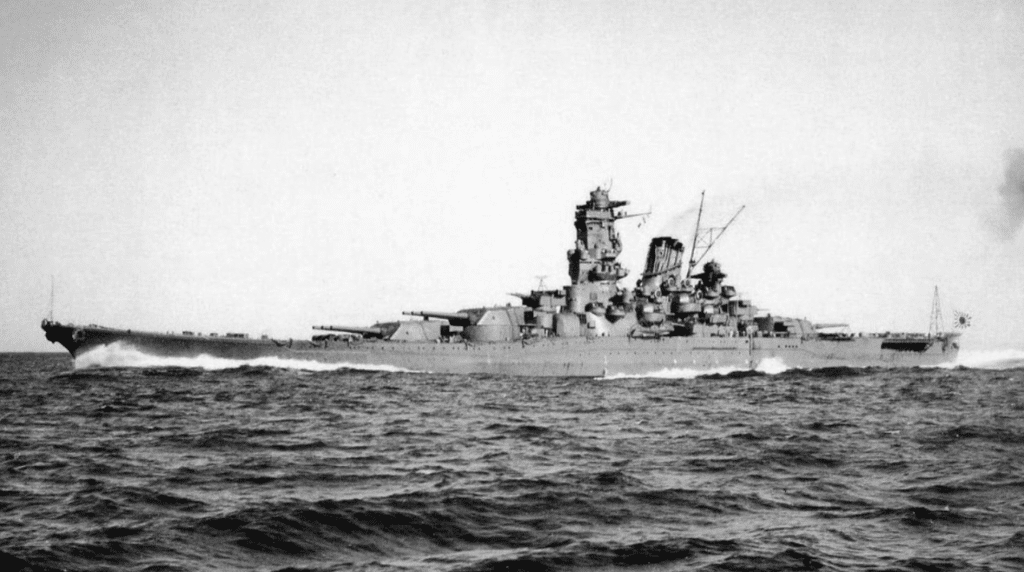The Story of the Student-Built WWII Aircraft Carrier Sunk Just 17 Hours After Launch

Drachinifel / YouTube
In the chaos of World War II, Japan sought to gain a critical advantage in the Pacific. By the early 1940s, its navy was already a formidable force, supported by some of the world’s most advanced battleships and aircraft carriers. However, as the war progressed, Japan faced increasing challenges in resources, manpower, and industrial capacity. During this period, a remarkable and tragic event occurred with the short-lived journey of the aircraft carrier Shinano.
Designed as a colossal warship, this carrier was intended to alter the tide of war. Instead, it met its end less than a day after leaving port, leaving behind a tale of mismanagement, urgency, and loss.
The Unprecedented Transformation of Battleship Shinano
Originally conceived as a battleship in the Yamato class, Shinano was meant to stand as a symbol of Japanese naval strength. At the time of her construction in the early 1940s, the Yamato battleships were the largest and most heavily armed in the world, capable of overpowering almost any adversary. However, Japan’s military strategy shifted as aircraft carriers emerged as the dominant force in naval warfare. In 1942, following the devastating loss of four carriers at the Battle of Midway, Japanese naval leaders decided to repurpose Shinano into an aircraft carrier. This decision, made halfway through construction, marked the beginning of a rushed and ultimately flawed effort to bring the ship into service.

The transformation of Shinano was unprecedented. No other warship of her size had ever been converted into an aircraft carrier. Designed to support and repair other carriers, she was equipped with heavy armor and facilities to carry aircraft, fuel, and munitions. Her builders believed she would be nearly unsinkable, thanks to her robust defenses. However, the rapid conversion left her unfinished in many critical areas. She lacking proper watertight compartments, and her crew was inadequately trained, consisting largely of inexperienced recruits, including some students. As Japan faced increasing pressure from Allied forces, the decision was made to launch Shinano before her construction was complete.
The Ill-Fated Maiden Voyage of Shinano
On November 28, 1944, Shinano left the shipyard at Yokosuka, bound for Kure for final outfitting. Her crew had little time to prepare for what lay ahead. Many systems on board were incomplete, and the ship lacked adequate damage-control measures. The decision to move her was driven by fear of Allied bombing raids, which had already devastated much of Japan’s industrial capacity. Her departure was shrouded in secrecy, with strict orders to maintain radio silence and avoid detection.
Just 17 hours into her maiden voyage, disaster struck. The U.S. submarine Archerfish, patrolling the waters south of Japan, spotted Shinano. Although the crew of Archerfish initially mistook the ship for a battleship, they quickly realized her strategic importance and prepared to attack. Firing six torpedoes in a well-coordinated strike, the submarine inflicted catastrophic damage on the carrier.

Catastrophic Design Flaws and the Sinking of Shinano
The flaws in Shinano’s design and preparation became immediately apparent. The lack of watertight compartments allowed flooding to spread rapidly throughout the ship. Damage control teams struggled to contain the water, but their inexperience and the ship’s incomplete state made their efforts ineffective. Within hours, Shinano began to list heavily, and her captain gave the order to abandon ship. Out of the nearly 2,400 crew and passengers aboard, over 1,400 were lost in the sinking.
The loss of Shinano was a significant blow to Japan’s navy and a symbolic end to its ambitions of naval dominance. The carrier, which represented years of effort and resources, was lost before it could contribute to the war effort. Her sinking underscored the challenges Japan faced in adapting to the changing nature of warfare and the impact of rushed, desperate decision-making.




















